Tying off your boat too tightly can cause damage to your boat and too loosely can cause damage to other boats, not to mention creating the possibility of your boat drifting away. So, you should always properly secure your vessel.
First you need the right equipment. Bow lines are used to stop the bow of your boat from swinging from side to side. Stern lines prevent the stern of your boat from moving about in the same way. Spring lines are typically kept a little tighter to keep your boat from moving forward or backward. They should also be the first line you toss to someone on land who is helping you dock.
Fenders or bumpers are the bullet-like cushions you place between the dock or another boat to keep from rubbing or knocking against either. Then you have your cleats, which are the metal horns on the dock and boats.
To properly tie off your boat to another boat, you can use a rope with a loop at the end, placing that loop through the hole in the center of the other boat’s cleat. Pull it tight after draping the loop around the horns on that cleat.
When tying your boat off to the dock, wrap your rope around the base of the cleat. Then loop it around the cleat horns in a figure eight. Next, form and slip an underhand loop over one cleat and pull your rope through to knot. Dock etiquette also demands a bit of decorum which includes wrapping any excess rope around the cleat. This is to keep you and others from tripping on your rope, as well as maintaining a neat appearance on the dock
